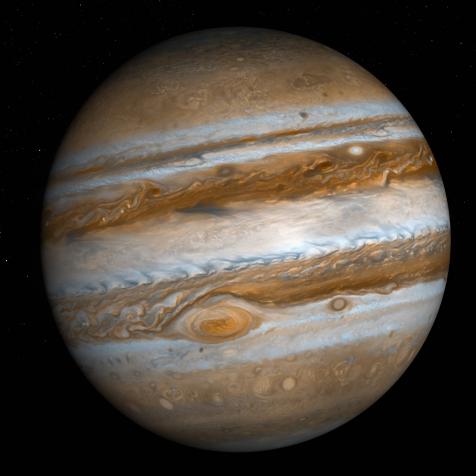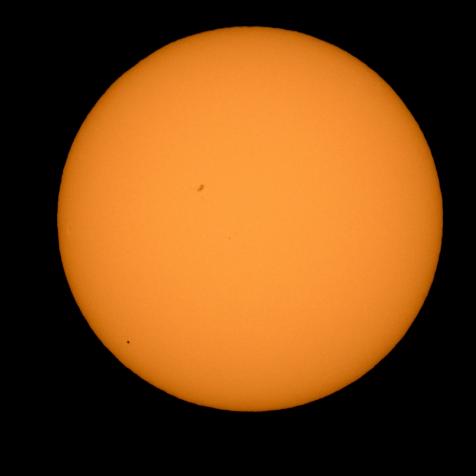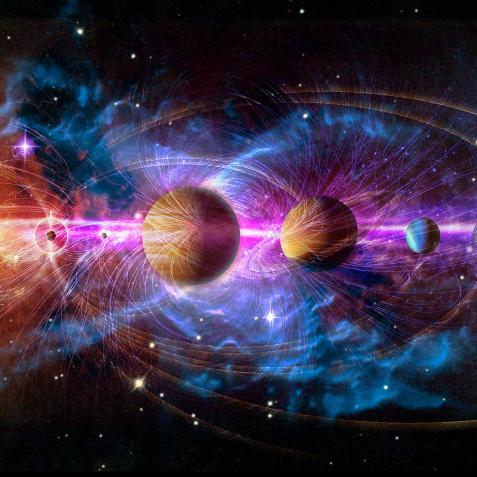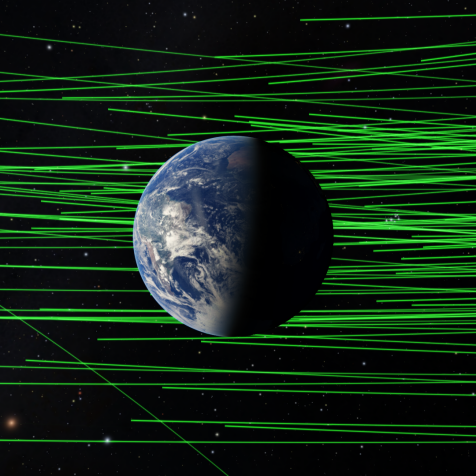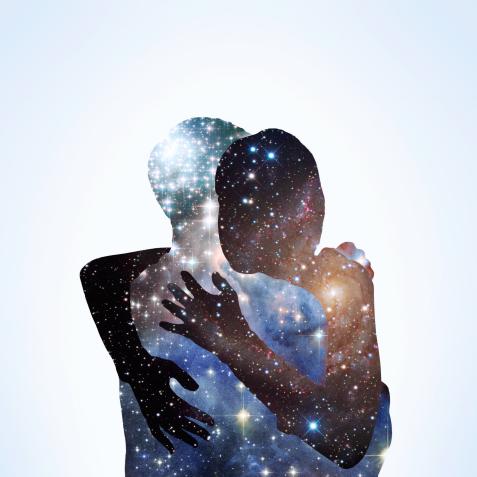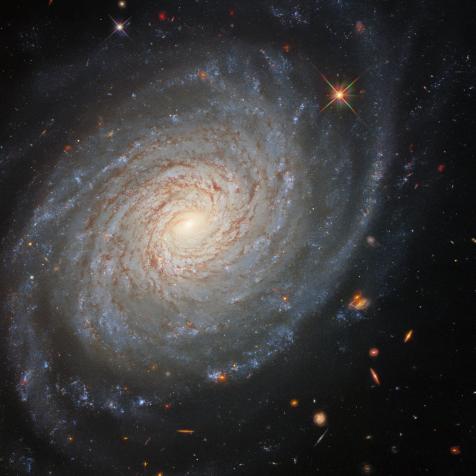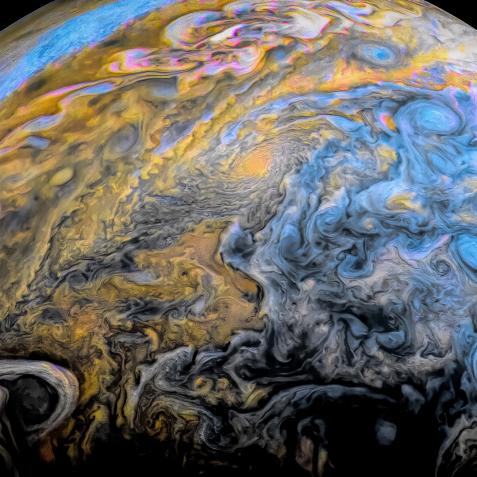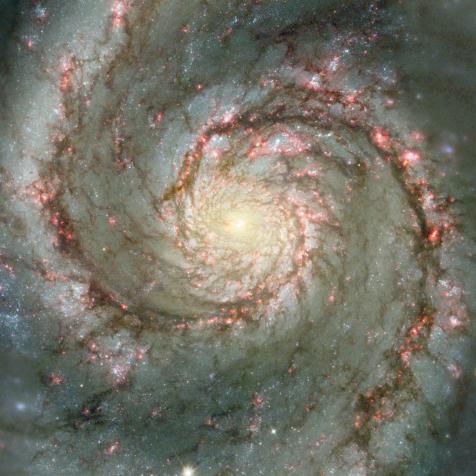
NASA/JHUAPL/SwRI
Why Pluto Isn’t a Planet, but (Maybe) Should Be

What, exactly, is a “planet”? For ancient astronomers it was pretty easy. When they stared up at the night sky, they saw a) the sun, b) the moon, c) a lot of fixed stars, d) a few wandering points of light. Those vagabonds were the planets. Indeed, our word planet comes from the Greek word for “wanderer”.
All this was fine and dandy until the mid-1800’s when astronomers discovered Ceres, a large object between the orbits of Mars and Jupiter. At first, it was classified as a planet – and why not, it seemed like any other wandered. But then we discovered more and more objects in the same general patch of space, and ended up reclassifying the whole gang as “asteroids”.
Then in 1930 American astronomer, Clyde Tombaugh discovered Pluto, way far out beyond the orbit of Neptune. From the beginning, Pluto was weird. It was really small. It had a really elongated, elliptical orbit. Sometimes it was closer to the sun than Neptune, and sometimes it wasn’t. It had a moon, Charon, that was almost as big as it. Its orbit was on a really janky angle, not lining up with the other planets.
Every family has that one weird relative, and so Pluto was simply thought of as the oddest of the planets.
And yet, nobody had bothered to define what a “planet” really was.

NASA
Things started to get heated in the late 1990s when astronomers started to find other large objects in the same general patch of space as Pluto. Sound familiar? Should these new objects be added to the planetary family, or was a reclassification in order?
In 2006 the International Astronomical Union (IAU), the group of astronomers who decided that they’re in charge of deciding such things, put the question of Pluto to a vote (during a conference in Hawaii, no less). To decide if Pluto was a planet or not, they had to finally get around to defining the word “planet”. Here’s what they came up with.
To be a planet, you have to satisfy three criteria:
1) You must orbit the sun
2) You must be large enough so that your own gravity makes you round
3) You must clear your orbit of any other junk – in other words, you must “dominate” the region of your orbit
Pluto definitely fits 1) and 2), but definition 3) was added to specifically remove Pluto, and all its friends, from the planet list. Since there are so many objects in the vicinity of Pluto’s orbit, it got disqualified.

NASA, ESA, and M. Buie/Southwest Research Institute
Pluto was then reclassified as a “dwarf planet”, along with Ceres in the asteroid belt.
So is Pluto a planet? Technically, no. According to the IAU, there are only 8 planets in the solar system.

NASA
But if you see a picture of Pluto, it looks like a planet. It’s round, large, and has interesting surface features. It looks nothing at all like Ceres, its sibling dwarf planet. It likely had a very different formation history than Ceres. Indeed, Pluto has a more dynamic surface than Mars does.
In truth, many astronomers, when writing about Pluto and discussing Pluto, toss around the word “planet” anyway, because it feels like a planet. In over 200 years of planetary science, almost nobody had used “clearing the orbit” to describe planets.
A small but dedicated group of astronomers is attempting to redefine the word “planet”, striking definition 3) off the list. Yes, it might mean that our solar system would have dozens – if not hundreds or thousands – of planets. But there are hundreds of billions of “stars” in the Milky Way, and that doesn’t seem to bother anybody.
Dive Deeper into the Cosmos
Journey Through the Cosmos in an All-New Season of How the Universe Works
The new season premieres March 24 on Science Channel and streams on discovery+.





































































